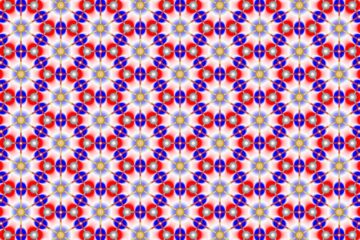Latest News

Stem-cell defect underlies common genetic disorder
Howard Hughes Medical Institute researchers have found that Hirschsprung disease, one of the most common genetic disorders, is caused by a defect that blocks neural stem cells from forming nerves that control the lower intestine.
Hirschsprung disease occurs in one in 5,000 live births and causes a potentially fatal disorder that prevents the proper transport of food through the gut. The new findings suggest that it might one day be possible to correct the disease by transplanting neural ste

Modifier gene controls severity of neurological disease in mice
Also found in humans – could explain why some get sicker than others
University of Michigan scientists have discovered a gene that turns a chronic inherited neurological disorder – which produces tremor and muscle weakness in laboratory mice – into a lethal disease that paralyzes and kills them within a few weeks of birth.
Called Scnm1 for sodium channel modifier 1, the gene is one of a small group of recently discovered modifier genes that interact with other genes to alte

Research: Coral reefs’ decline actually began centuries ago
Global warming and pollution are among the modern-day threats commonly blamed for decline of coral reefs, but new research shows the downfall of those resplendent and diverse signatures of tropical oceans actually may have begun centuries ago.
According to a paper set to appear Friday (8/15) in the journal Science, the downward spiral started when people first began killing off reef-frequenting large fish, turtles, seals and other top predators or herbivores – a process that started thousands of

Researchers find a pattern in evolution of lizard groups
Evolutionary biologists have developed a wide range of techniques to reconstruct the evolutionary history of particular groups of plants and animals. These techniques reveal much about the diverse patterns of evolution of life on earth, but few generalities have emerged, leading many scientists, such as the late Stephen Jay Gould, to conclude that each group of living things evolves in its own idiosyncratic manner. But now biologists at Washington University in St. Louis have proposed a general patte

K-State professor finds that media can change society’s attitudes
In a recent study that examined perceptions of gays and lesbians by others, Kansas State University psychology professor Richard Harris asked one group of people to think of a positive gay or lesbian character from a television show or movie and asked another group to think of a negative gay or lesbian character from media. A third group, the control group, was asked to think about an unmarried media character, but sexual orientation was not mentioned. All three groups were then asked to complete a p

Invasion of the ocean body-snatchers
A paper in Nature today (14 August) reveals that certain ocean viruses invade the cells of cyanobacteria (known as blue-green algae) and use the energy the cells produce through photosynthesis for their own purposes.
Researchers at the University of Warwick, led by Professor Nick Mann, have shown that when the viruses infect the bacteria they inject their genetic material into their host, a transfer that may be temporarily advantageous to the host.
Part of the injected DNA codes fo











